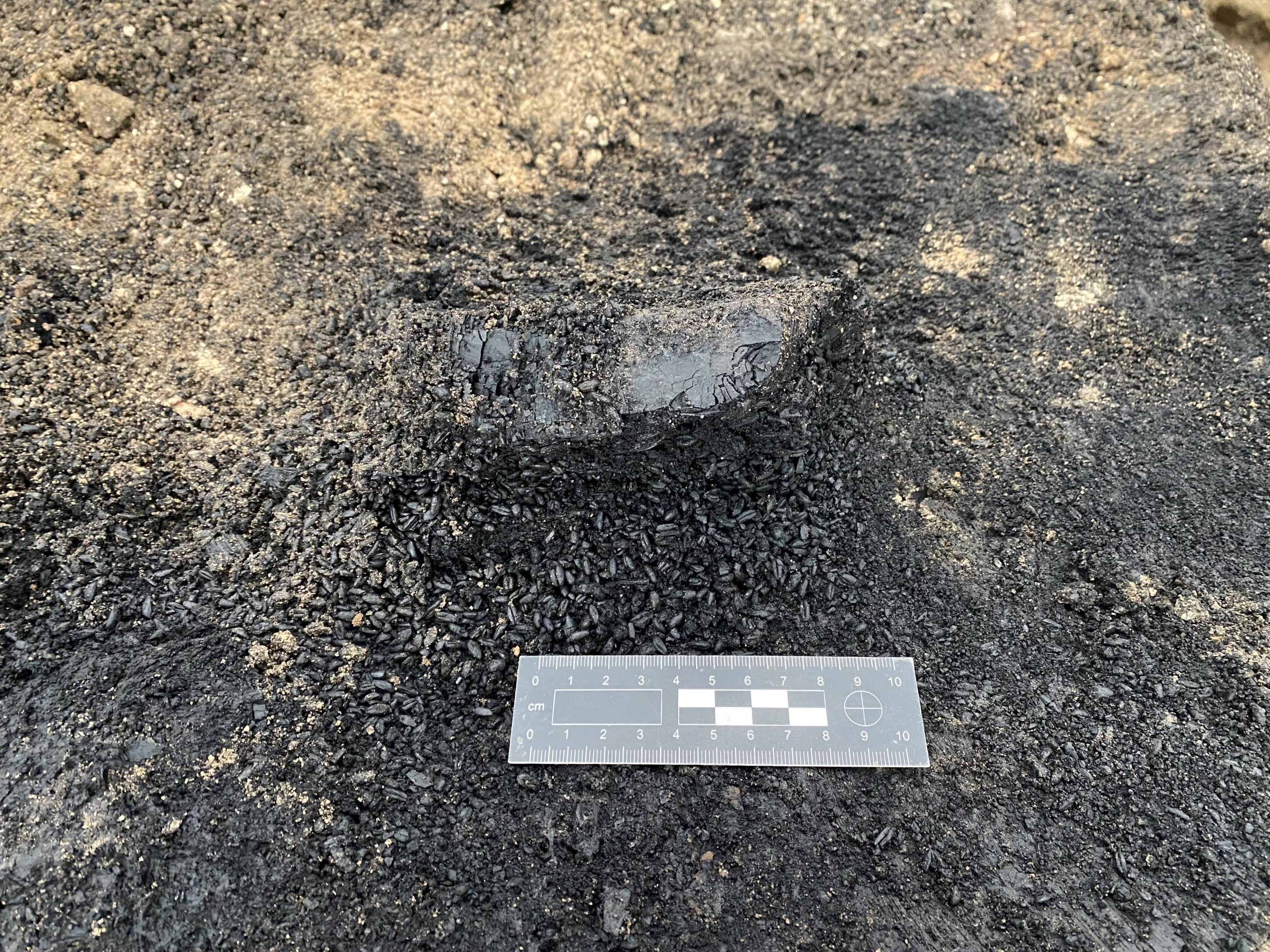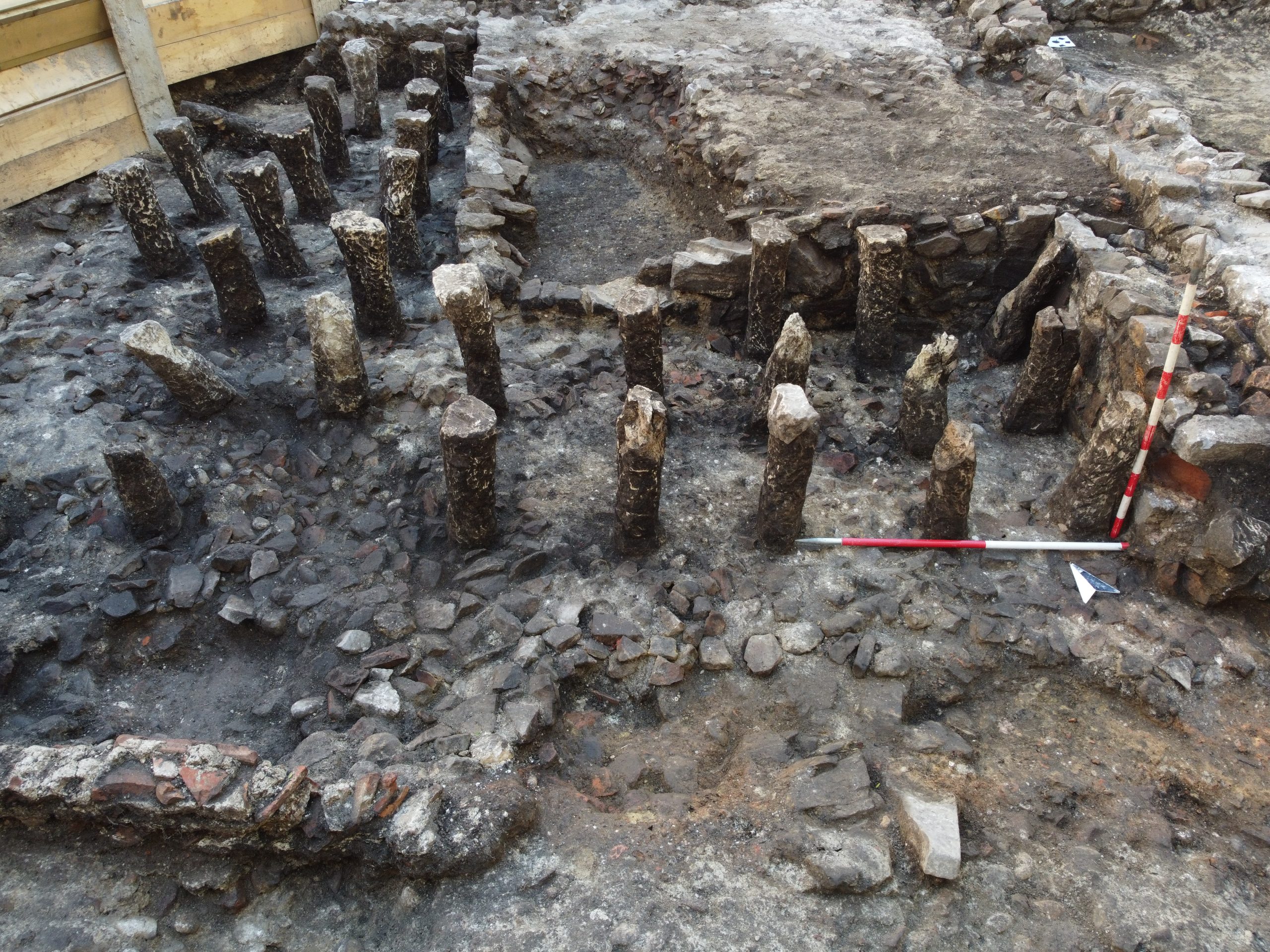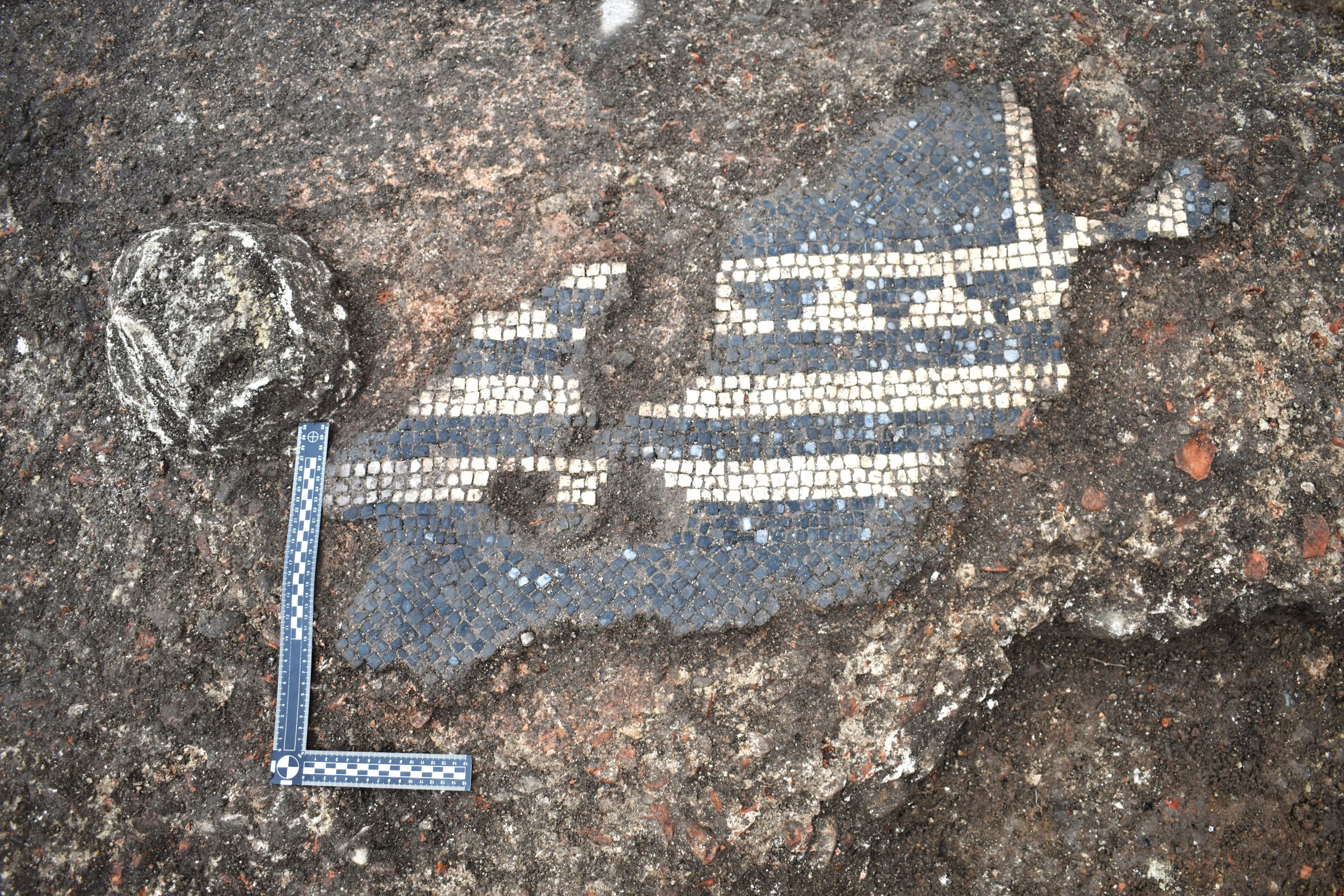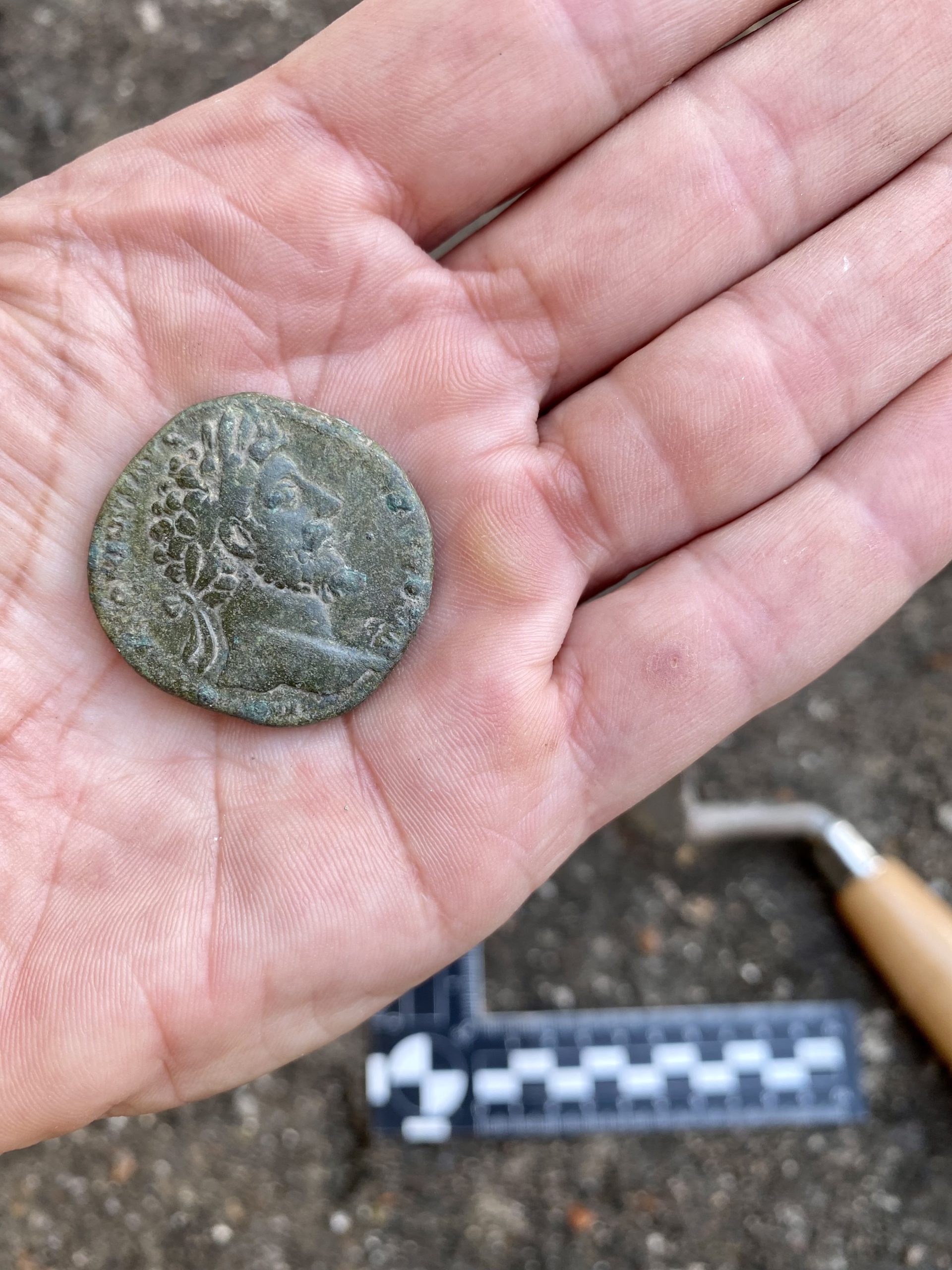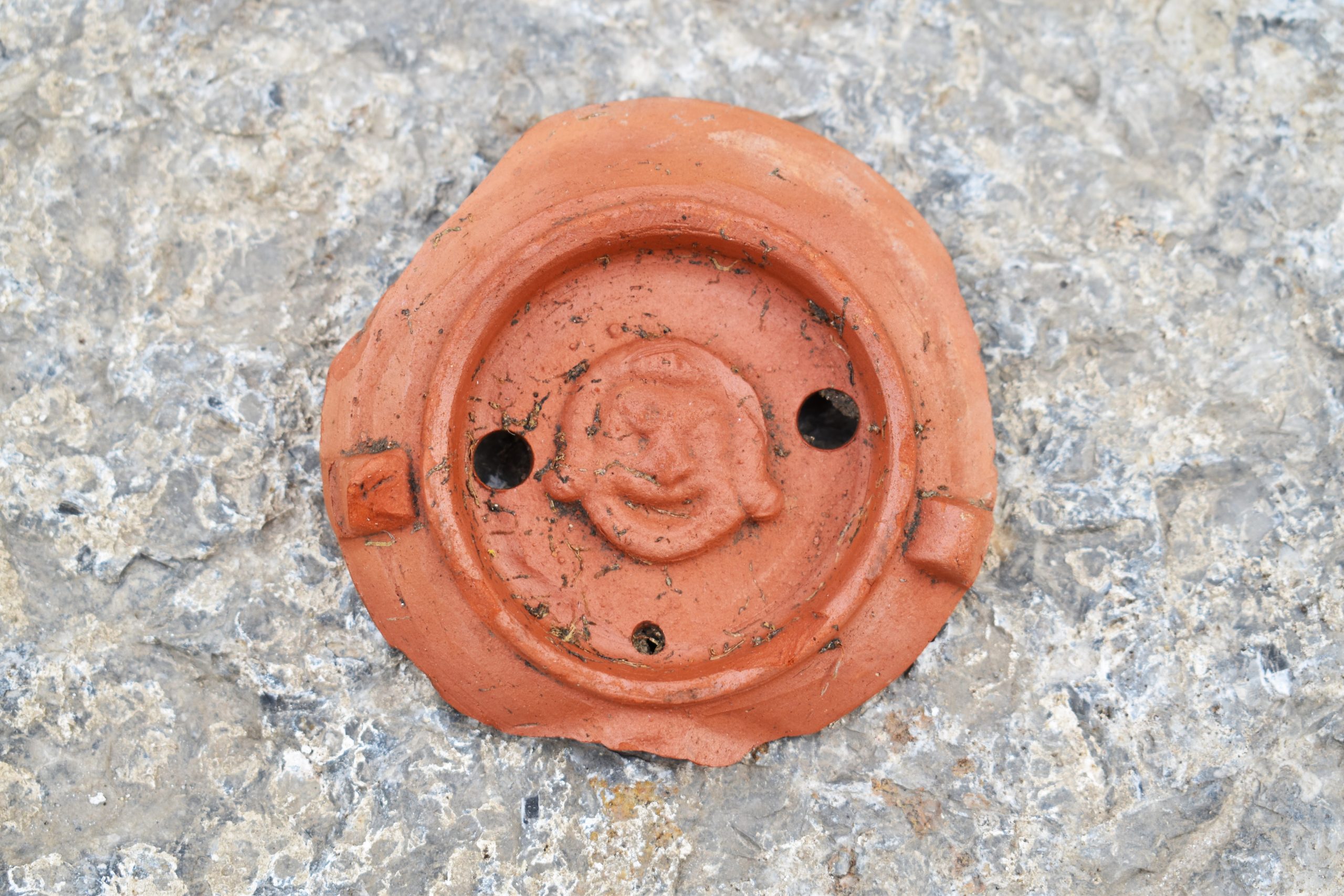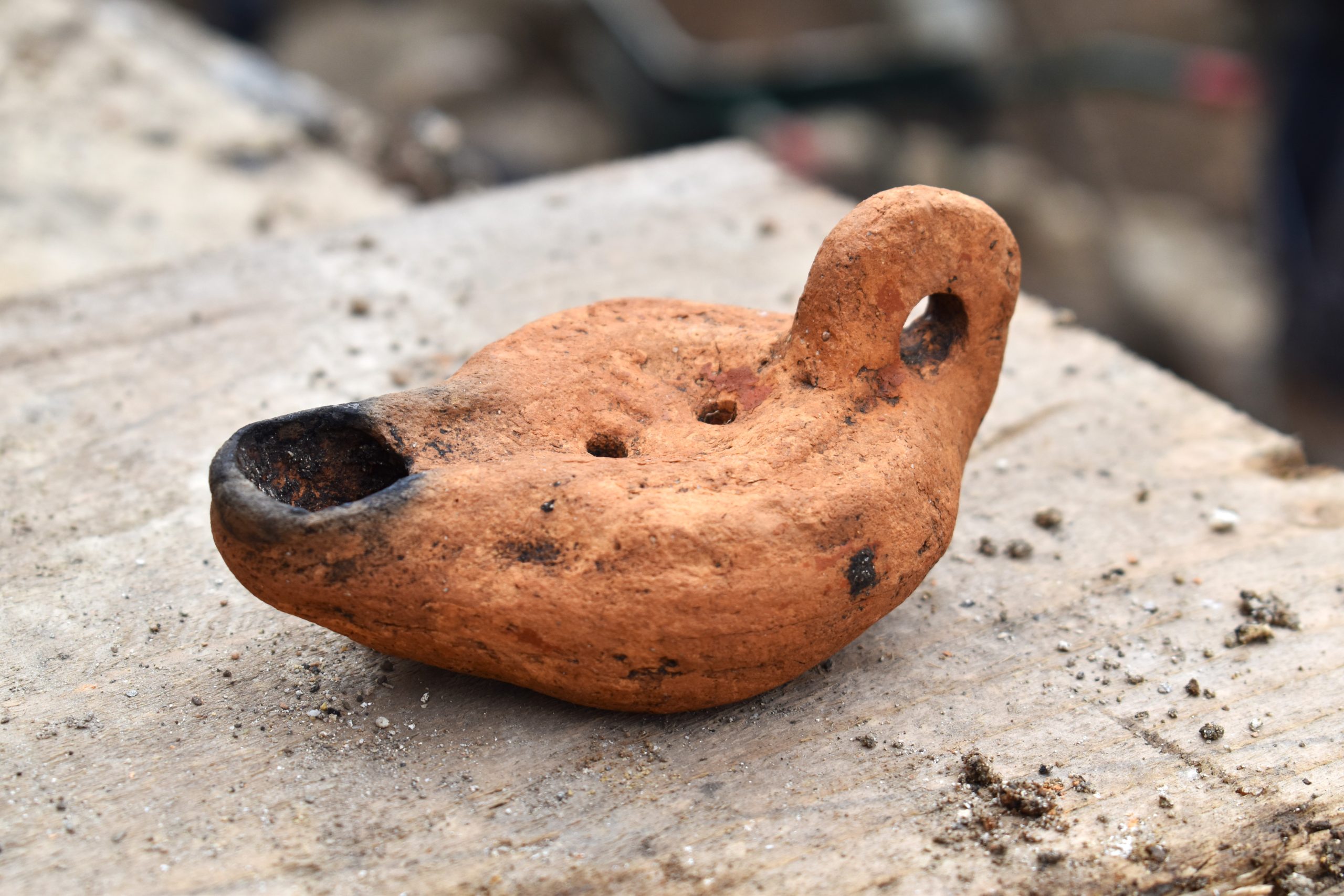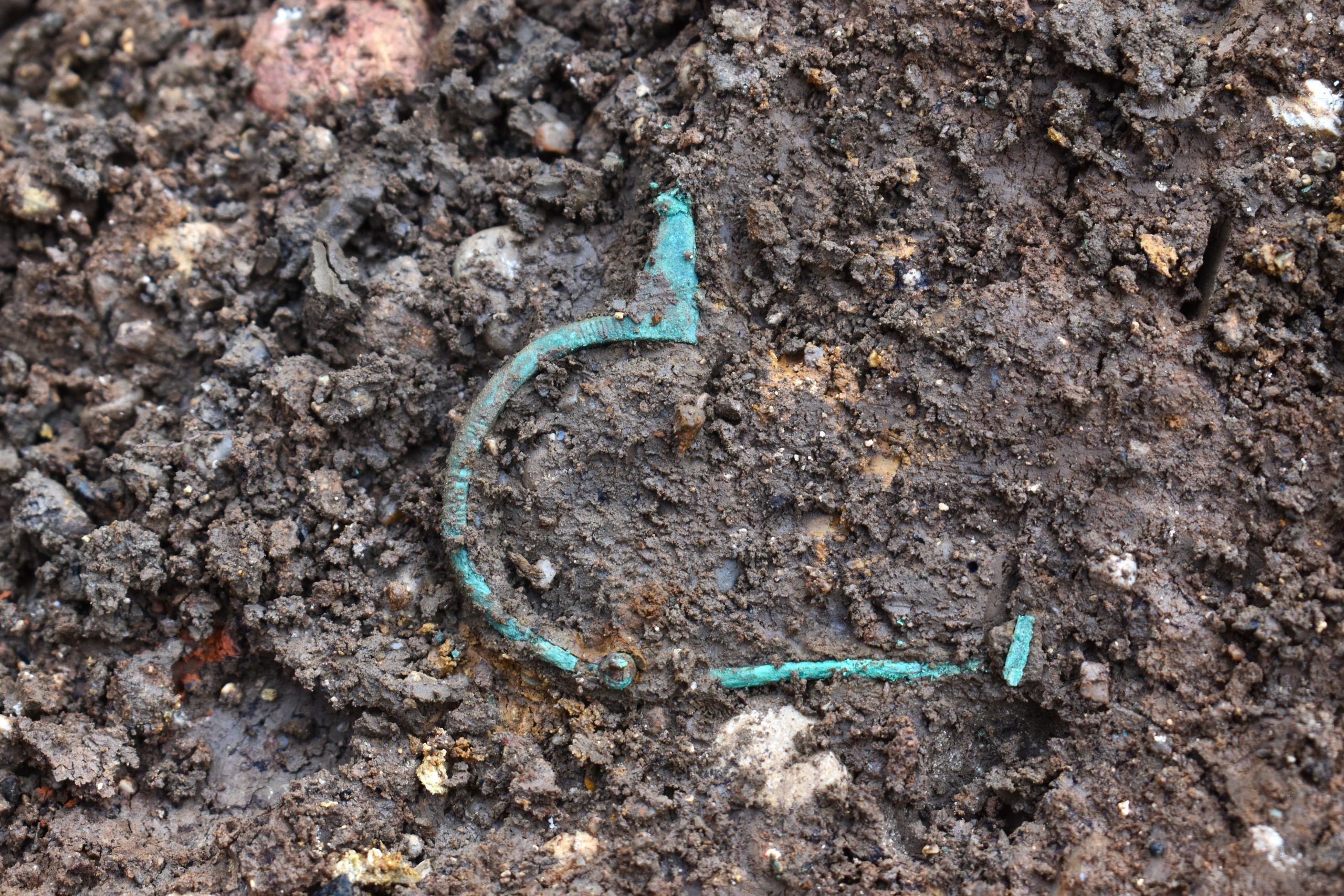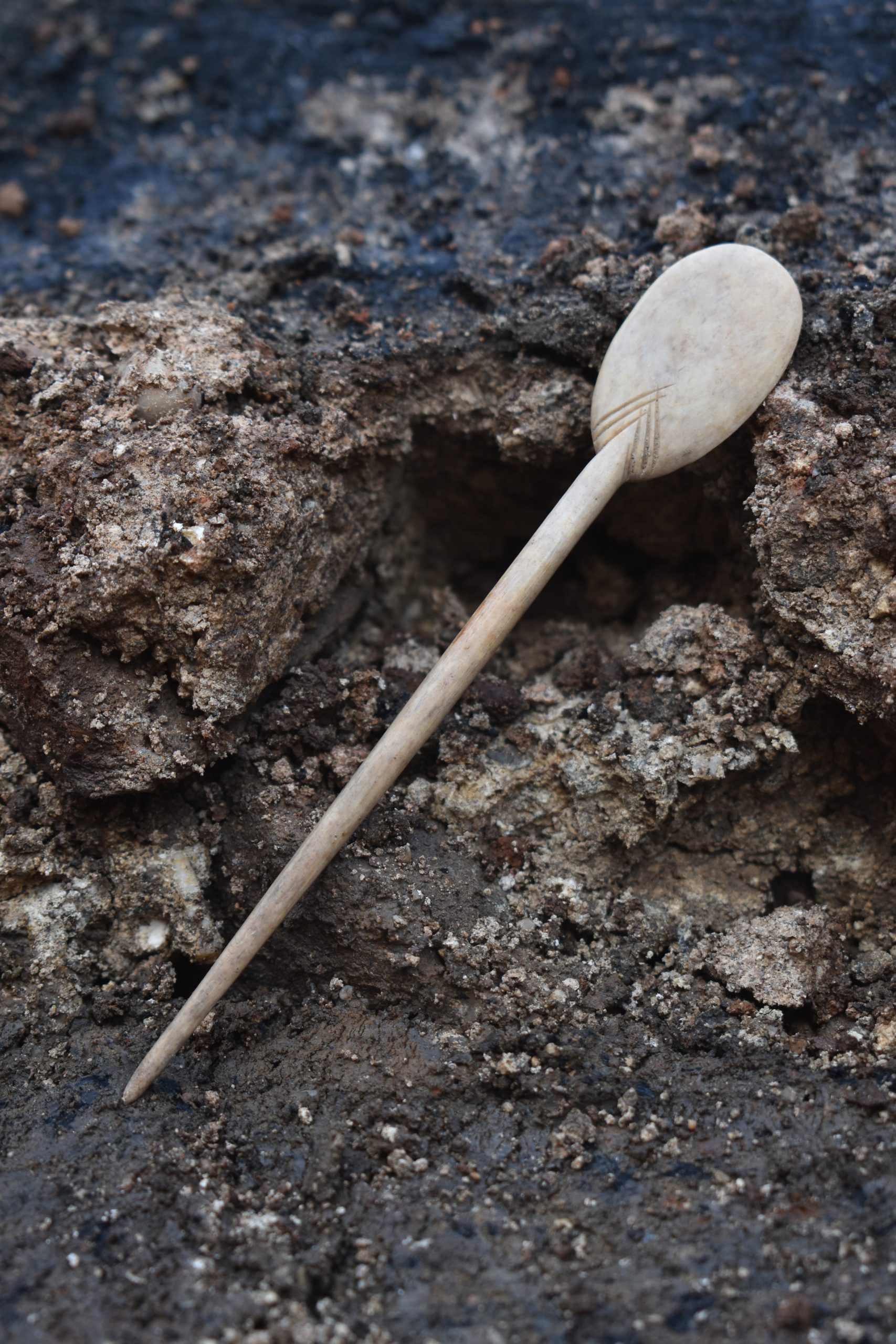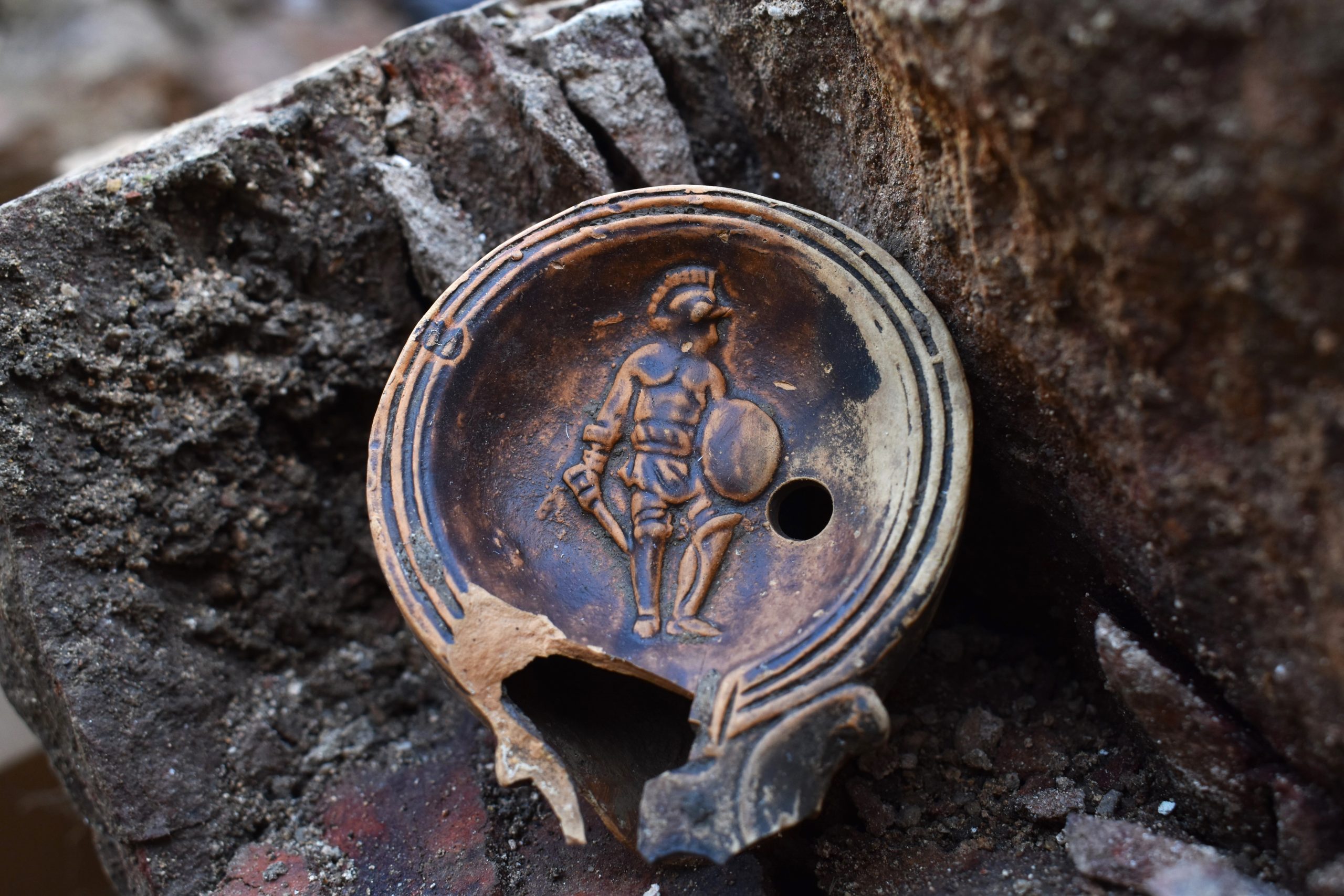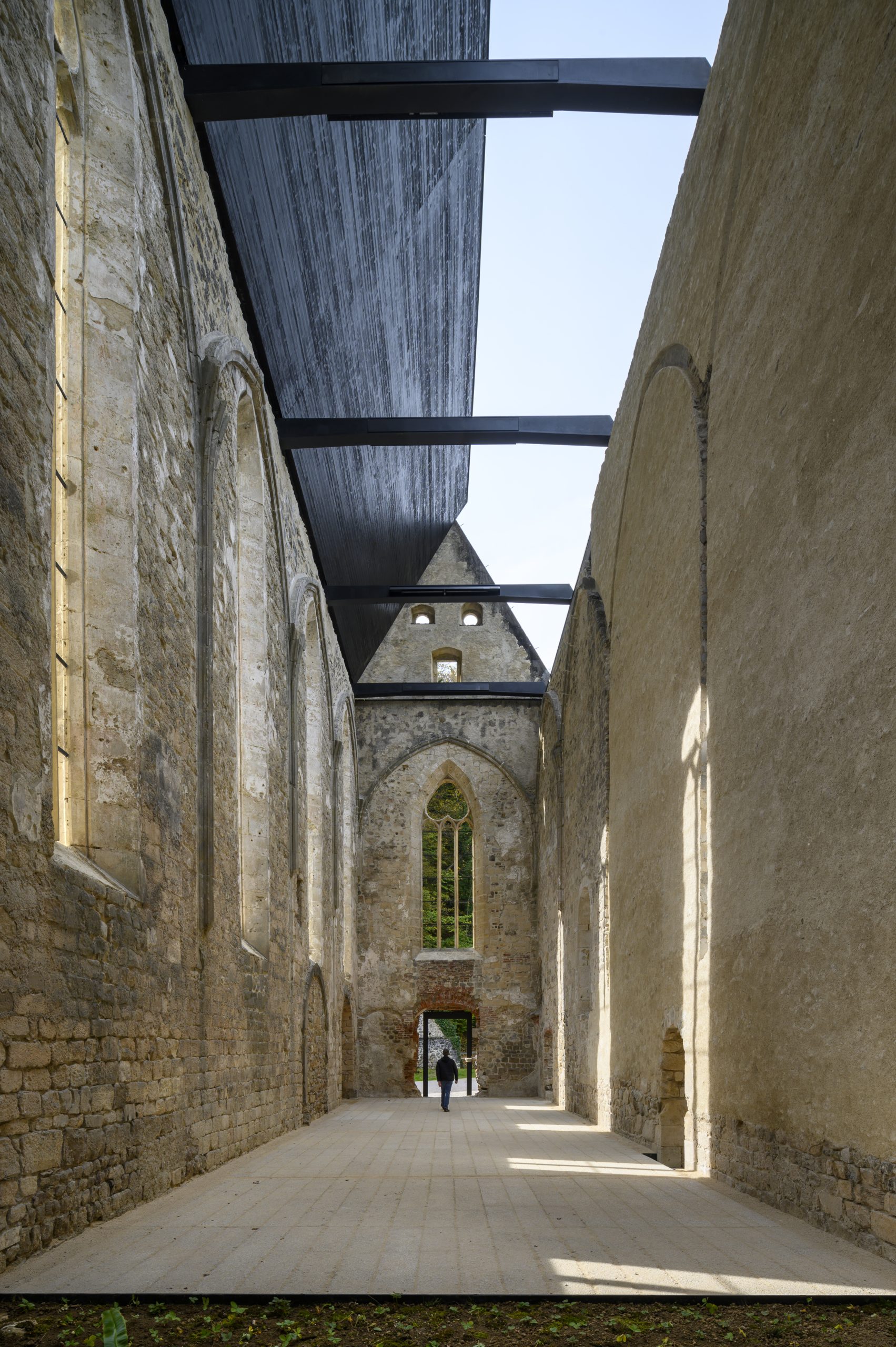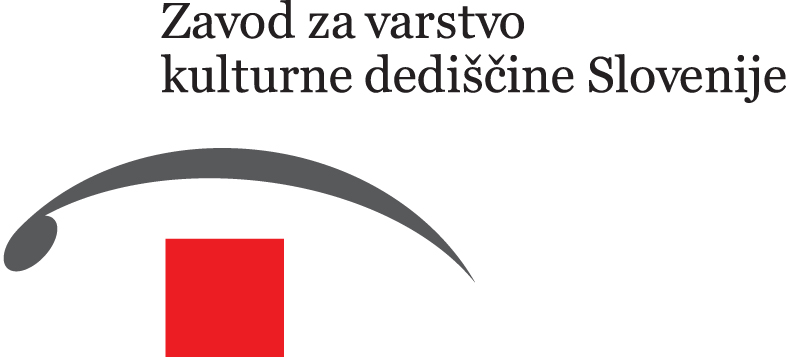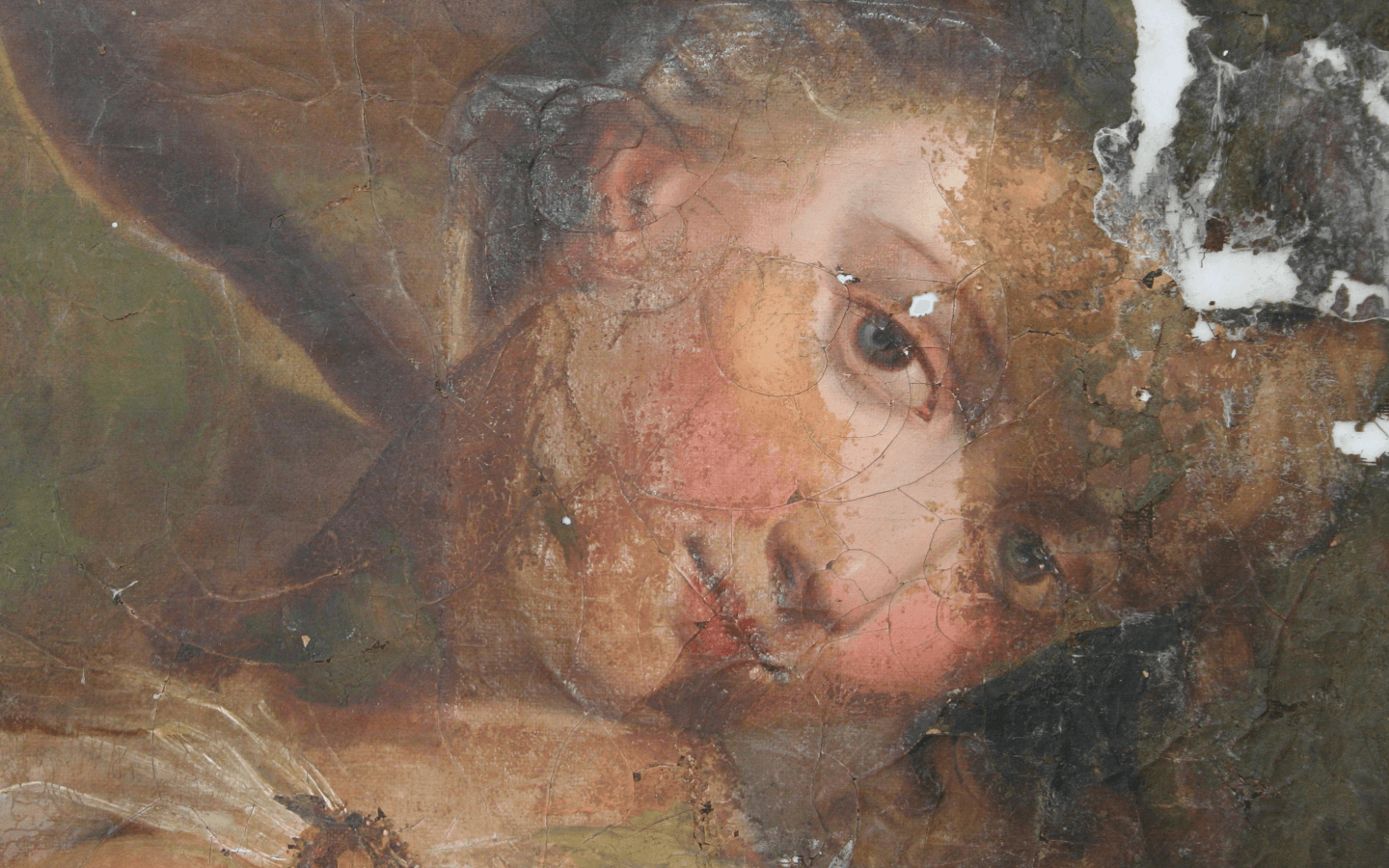of 1410 m² were located within the walls - intra muros - of the Roman Colonia Iulia Emona. The location close to the Forum, the central public space of the colony, and the main Cardo, the main north-south street of the city, carries great archaeological potential, yet the results of the excavations have exceeded expectations.
Text by Maja Lavrič
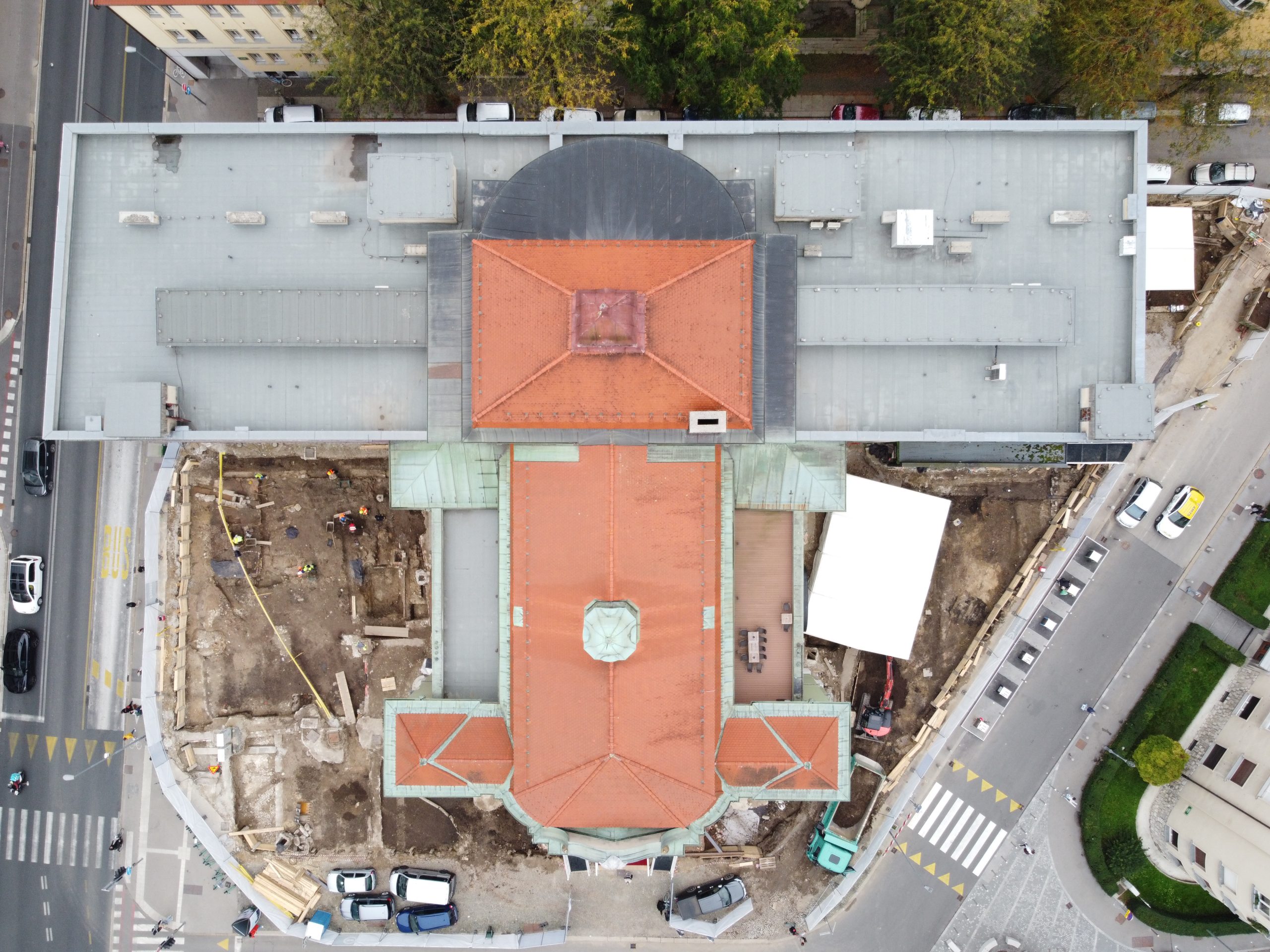
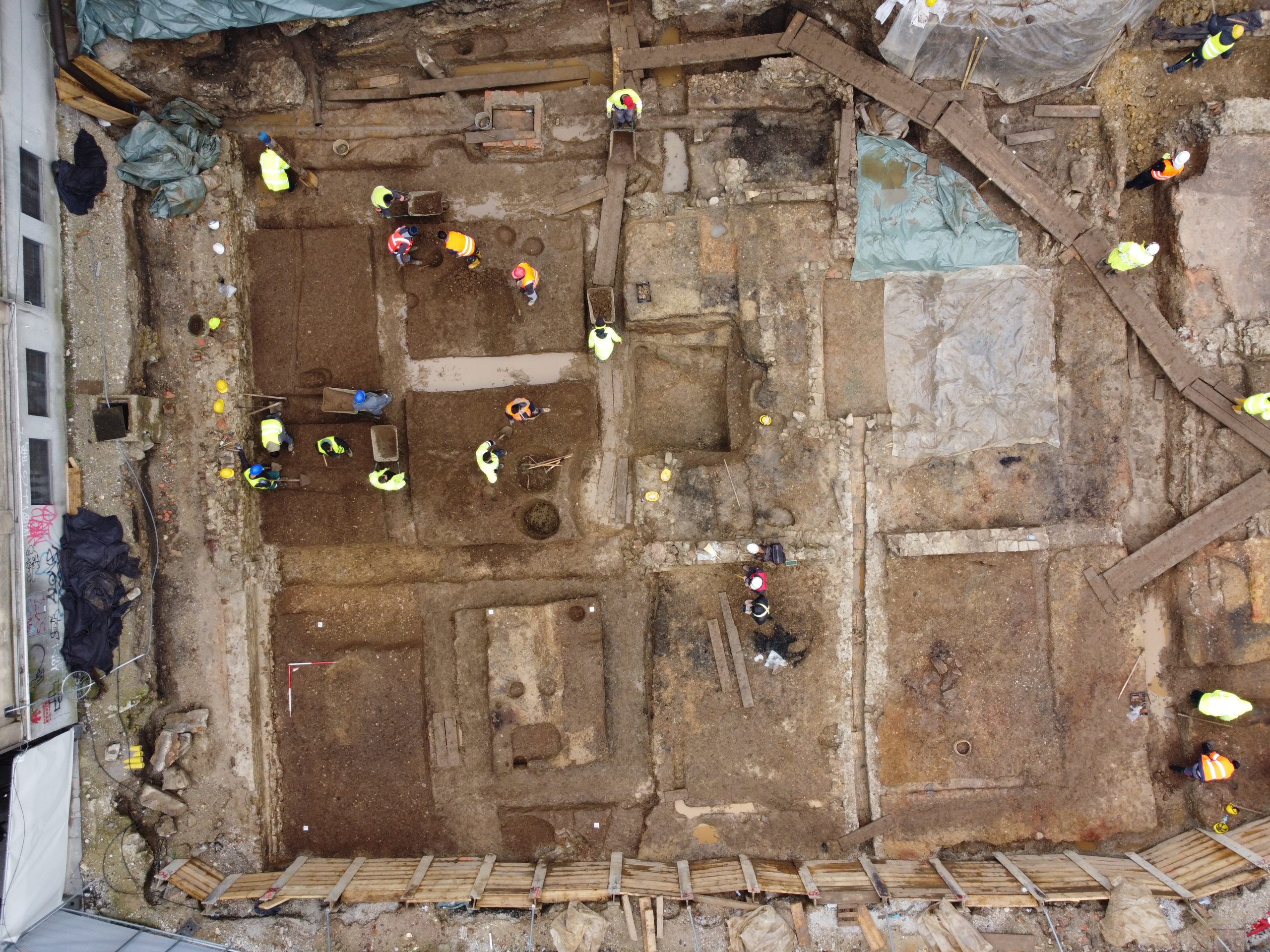
Urban design of the city
Emona is one of the best approximations of a Roman rectangular city (Latin: urbs quadrata) and the last city before Italy's eastern border. The urban design of the city has good parallels in the late Republican and Augustan colonies of Cisalpine Gaul and the later IXth and 10th regions of Italy. Before the town was built, the site was well laid out, with approximately 23 hectares of land being levelled and homogeneous soil was spread, which was compacted to a thickness of between 0,30 and 0,50 metres. On the levelling, a thin layer containing small personal objects (fibulae, needles and various relics of the Emperor Augustus) was excavated. In places, larger food preparation pits were preserved, with remains of animal bones. The layer represents the period of the construction of the city, the buildings were first made of wood.
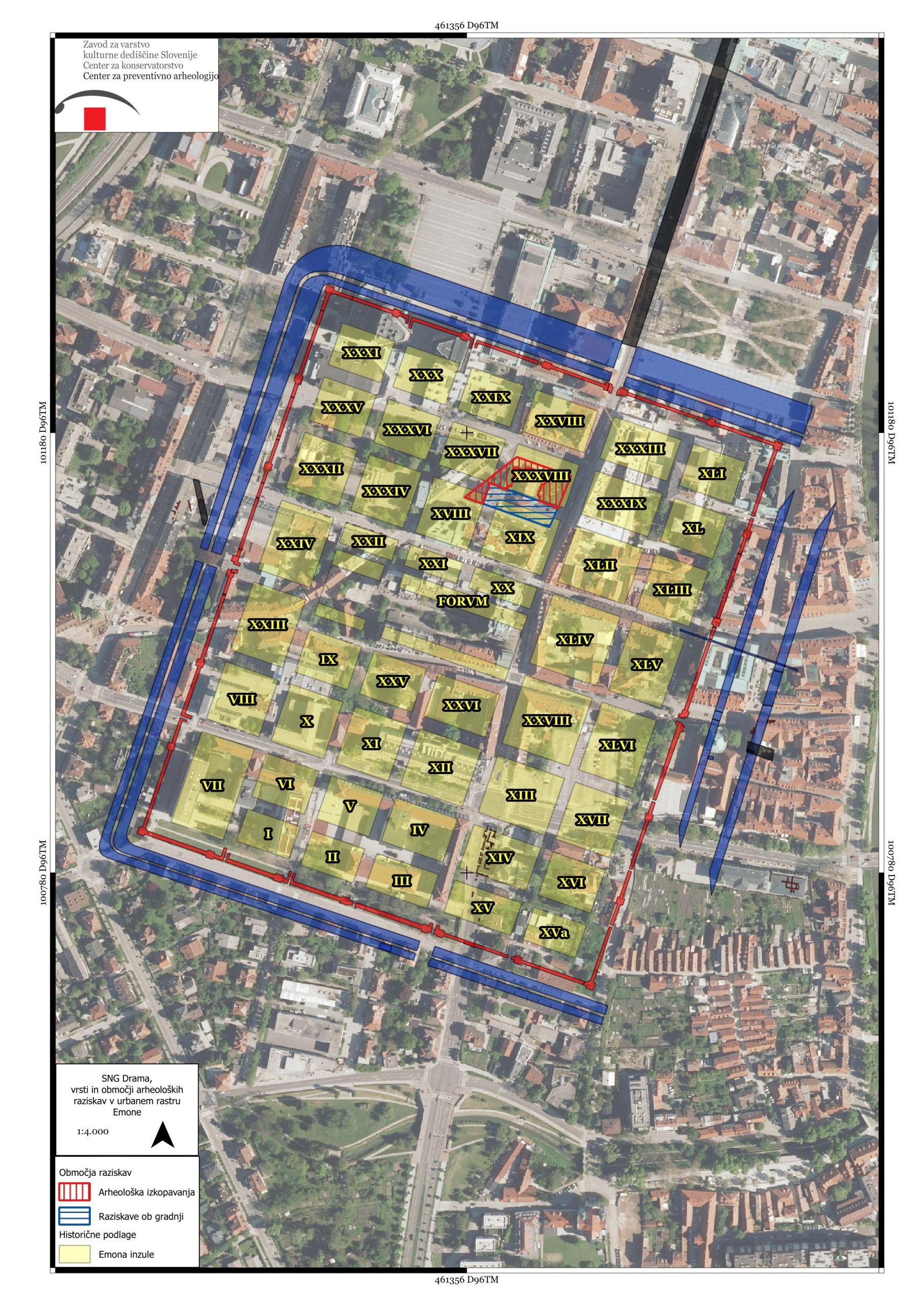
Culture of living
Living quarters in the early periods of Emmona (early 1st century AD) were simple, with clay floors and small ovens for cooking food. Next to the room with the ovens, we found the remains of a charred wooden cereal box. The roads were rudimentary, with large fecal pits underneath. Later, in the Early Claddian period (c. AD 41-54), the town was rebuilt to a greater extent. The faecal pits were replaced by cesspits, which had an outlet into the Ljubljanica. The wooden buildings were replaced by brickwork in the same pattern or with a slight delay. In the 2nd century, mortar screeds (opus signinum), or terrazzo paving, were laid in some rooms, and an atrium with an impluvium was built in insula XXXVIII, adjacent to which were two residential units. According to the surviving pieces of painted wall plaster, the interior, including the atrium, was decorated with red and white wall plaster. The atrium ( cavaedium ) with the impluvium ( impluvium ) served to ventilate the interior and provide light. The impluvium was used to collect rainwater, which flowed down from the roof over the atrium, which faced inwards. The use of the atrium continued uninterrupted into the 4th century, when major building renovations took place in Emona.
4th century
During the Constantinian dynasty (306-364 AD) and in the second half of the 4th century, the Emonite walls and forum were rebuilt, major thermal and entertainment complexes were constructed and residential buildings, insulae, were renovated. In places, the thorough construction works at this time severely damaged the older layers, especially the 3rd century phase, which was almost erased. In Insula XVIII we investigated the glass furnaces, with a larger quantity of 3rd and 4th century novates and glass waste. In the dwellings, the insulae were equipped with a system of underfloor and wall heating of the hypocausts. Thus, in Insula XVIII and Insula XXXVIII, we documented well-preserved elements of the hypocaust (sandstone slabs, colonnades, hollow bricks - tubules and furnaces - praefurnium ). The floors were decorated with mortar screeds ( opus signinum ) and in Insula XXXVIII, in one room with a black and white mosaic, with a simple black field motif, with black and white bands and triangles. The walls of the 4th-century phase, with deep foundations and a width of 0,90 metres, probably indicate the possibility of a two-storey building.
The decline of Emone
In the late 4th century or early 5th century, we see the gradual abandonment of Emona. From the younger periods we have excavated several robber trenches, probably dating from the 13th or 14th century, and later from the 18th or 19th century.
The protective excavations of the SNG Drama in the area of the eminent city of Emona north of the Forum have provided us with extraordinary information on the life of the inhabitants of Emona, the Roman built heritage and the fine material culture.
